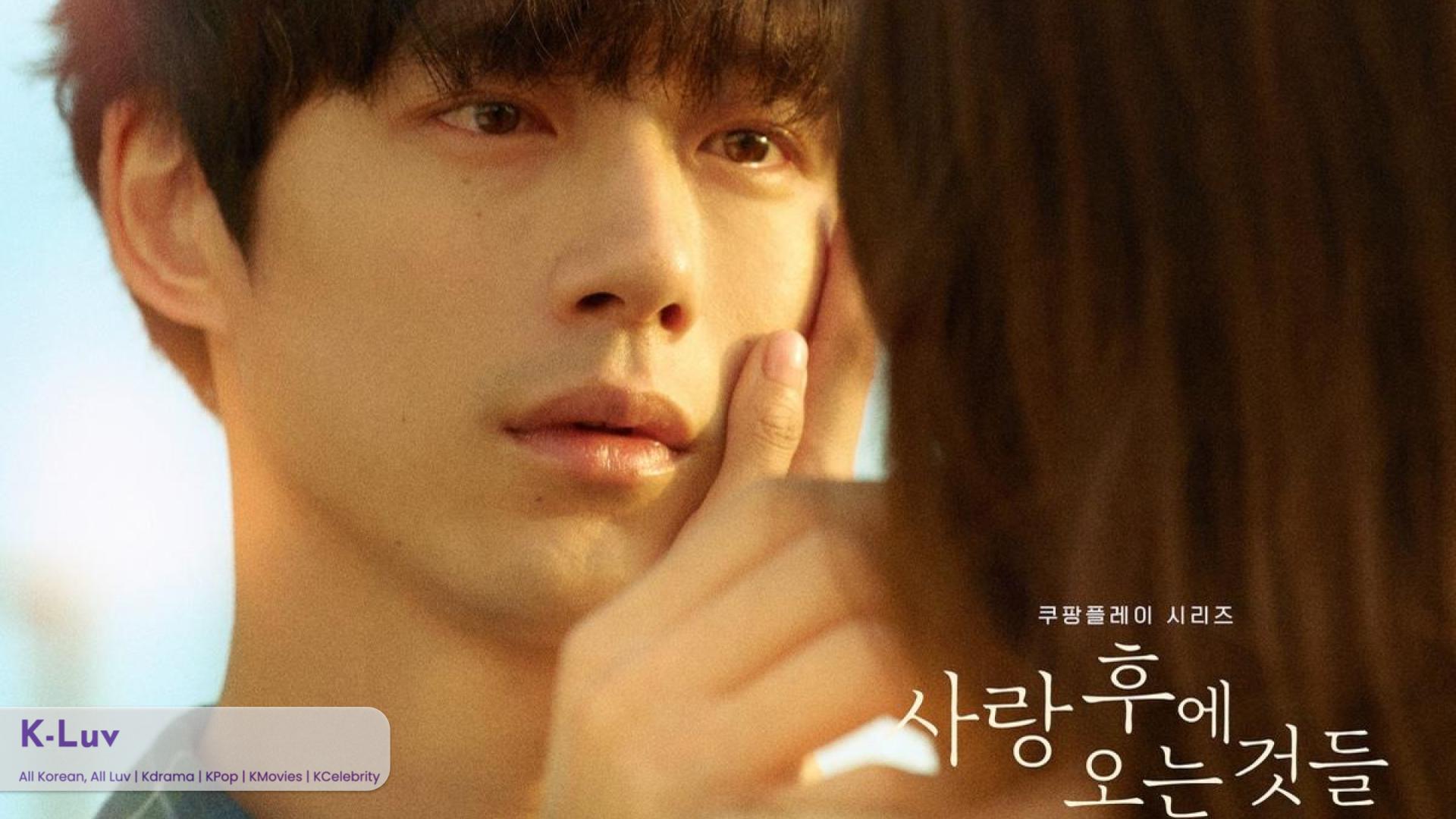Kentaro Sakaguchi is a Japanese actor born in 1991 who started his career as a model in 2010. He has been called the ultimate shio-gao, which means a fair-skinned male with good-looking face, defined Adam’s apple and collarbones, as well eyes that turn into lines when smiling.
He ventured into acting in the film Shanti Days 365 Days, Happy Breath as Shun. In September 2015, he gained popularity after appearing in the film adaptation of the manga Heroine Shikkaku. He has appeared in many Japanese films and television series. His works have allowed him to accumulate plenty fans and now gaining many more as he co-stars in a Korean drama.
He recently shared his experiences working on a Korean drama What Comes After Love.
In the new Coupang Play series What Comes After Love, based on the novel co-written by Korean author Gong Ji-young and Japanese author Hitonari Tsuji, the 33-year-old actor portrays Jungo, a Japanese man aspiring to be an author. The story centers on his romantic relationship with Hong (Lee Se-young), a Korean student living in Japan, highlighting the cultural dynamics between Korea and Japan.
The cast also includes Japanese actress Anne Nakamura as Kanna and Korean actor Hong Jong-hyun as Min-jun.
While filming, Sakaguchi delved into the cultural differences in expressing love between Korea and Japan. Upon reading the script, he noticed an abundance of “aishiteru” (Japanese for “I love you”), which surprised him.
“I expected a more subtle balance between ‘I love you’ and ‘I like you,’ but the script was filled with declarations of love. It made me question the necessity of expressing so much emotion,” he said.
However, both the director and co-star Lee Se-young felt that Jungo needed to convey his feelings more openly. This realization highlighted the contrasting ways in which Korean and Japanese cultures express love.
Director Moon Hyun-sung, acknowledging Sakaguchi’s concerns, made adjustments to the script to align with his character’s perspective, emphasizing the cultural disparities central to the series.
“This cultural difference is vital to our story. If the characters had openly expressed their love, they wouldn’t have separated, and the series wouldn’t exist,” Sakaguchi remarked, appreciating the director’s insights.
On set, Sakaguchi was impressed by the crew’s meticulous attention to his expressions and movements. He noted that director Moon prefers to dive into shooting with minimal rehearsal, while the cinematographer captured scenes from various angles.
“For instance, when I made slight adjustments in my gaze or posture, the cinematographer would ask about my reasoning. When I expressed feeling awkward around Hong, he pointed out that those emotions were integral to my character and should be captured. He truly went the extra mile,” Sakaguchi explained.
In the drama, as Hong grapples with loneliness, she ultimately breaks up with Jungo and returns to Korea. Five years later, fate reunites them when Jungo visits Korea as a novelist and Hong assists him with translations, reigniting their love.
Sakaguchi found the unexpected reunion after five years particularly challenging. He noted that while their past relationship was rich with emotional exchanges, their reunion was marked by a sense of distance.
“Since there wasn’t much dialogue, I had to convey a lot through subtle glances. I realized that I needed to act delicately to effectively communicate these nonverbal moments to the audience,” he shared.

Comments